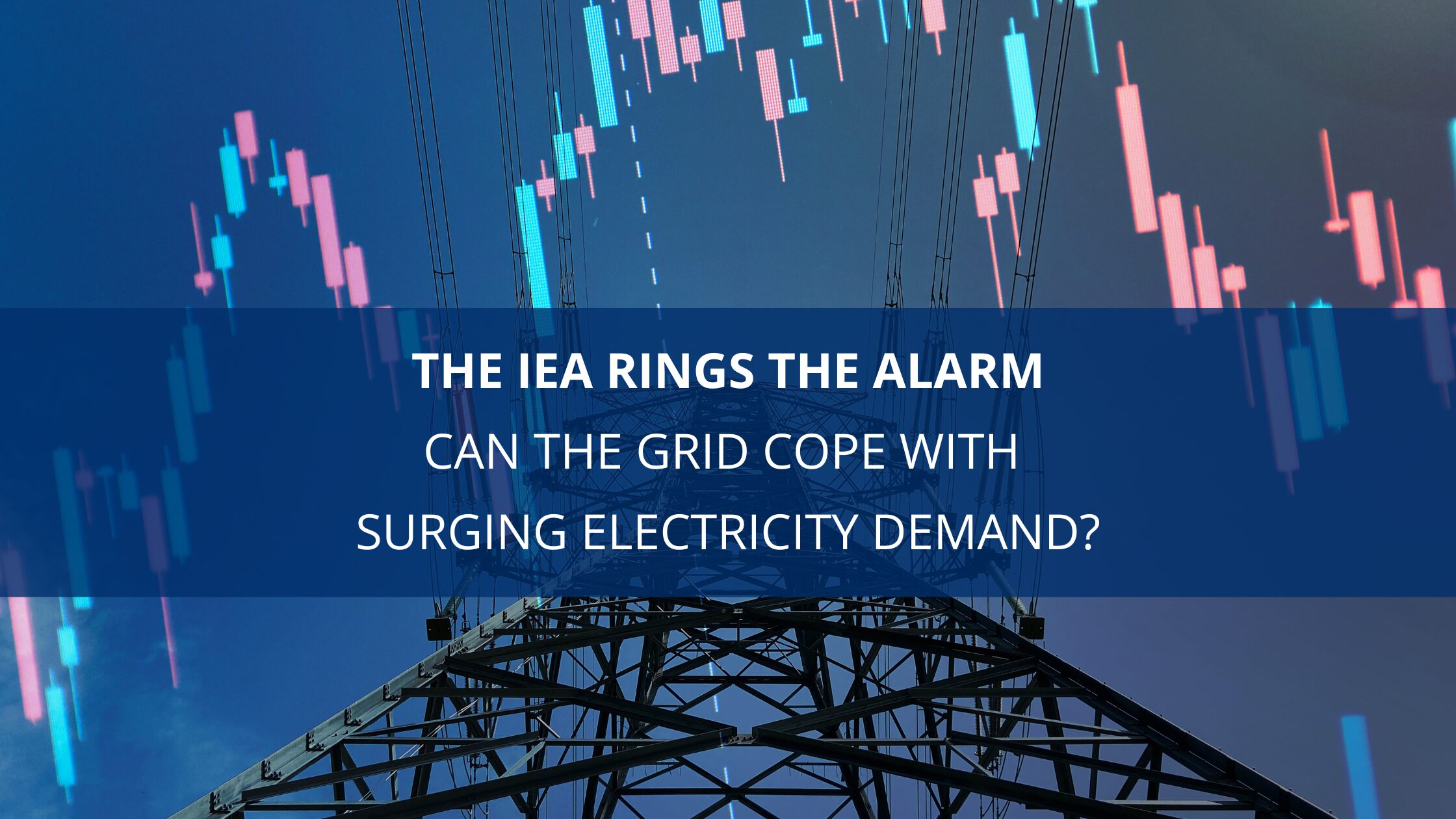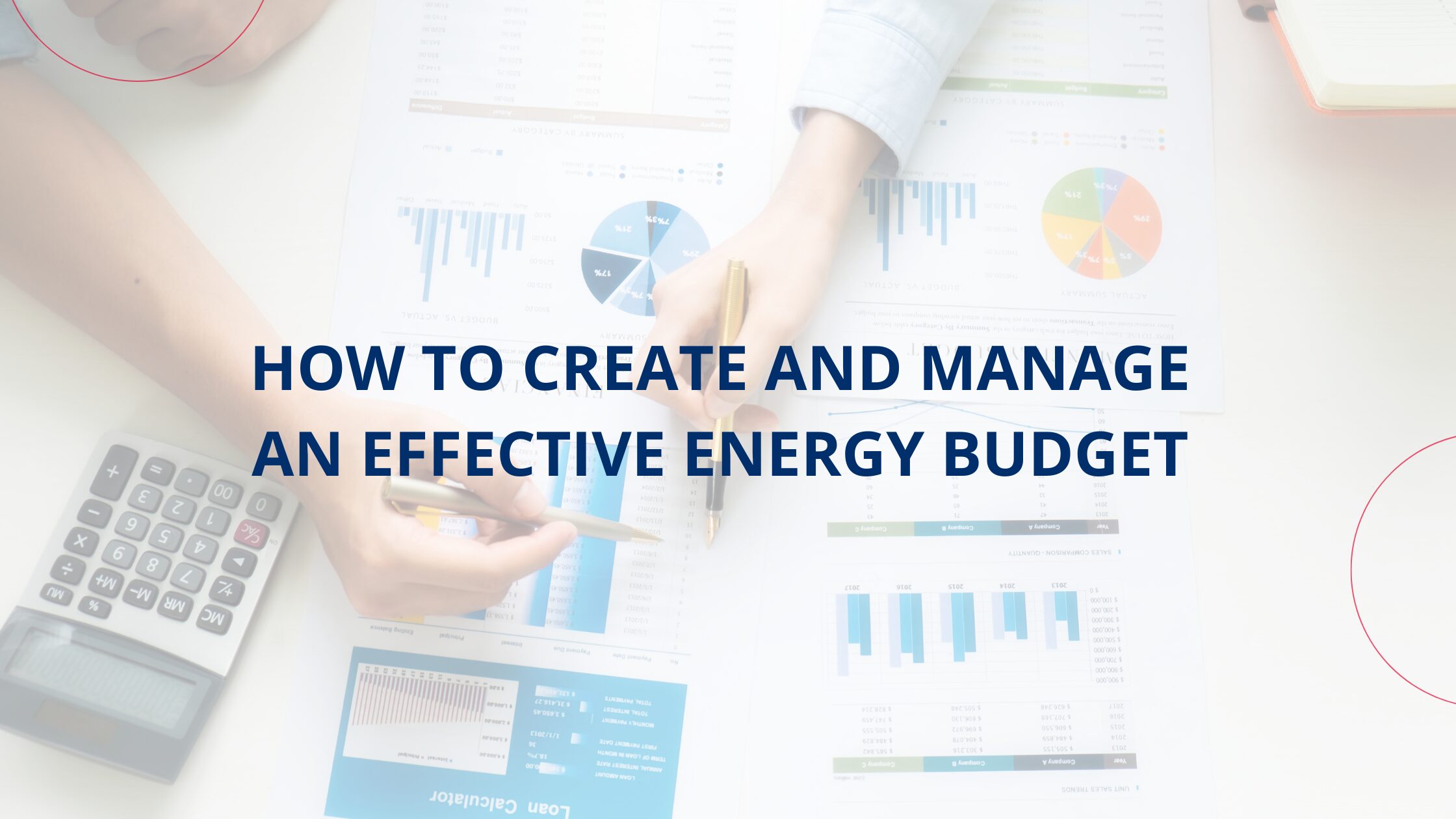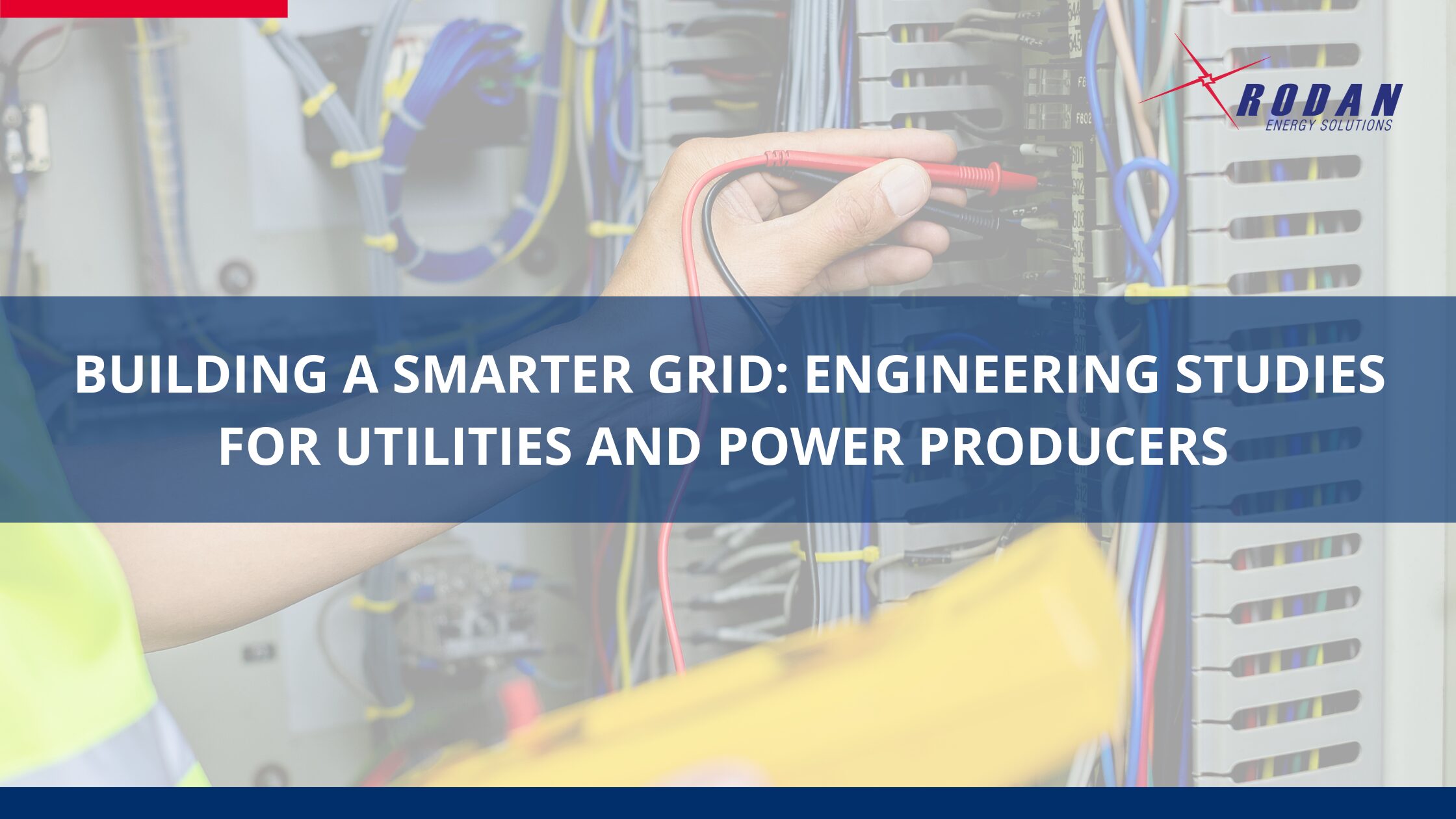By Paul Grod, CEO Rodan Energy
The International Energy Agency (IEA) has recently raised concerns about the ability of our current electrical grids to handle the rapidly increasing demand for electricity. As the world continues to transition towards cleaner energy sources and electrification of various sectors, the strain on the grid is becoming more pronounced. This surge in demand is driven by several factors, including the proliferation of electric vehicles (EVs), the growth of renewable energy sources, and the increasing digitalization of our lives.
The Challenge
The traditional electrical grid was designed for a different era, one where electricity demand was more predictable and centralized. Today, the grid faces the dual challenge of integrating a diverse array of energy sources, such as solar and wind, while also managing the fluctuating demand from consumers. This has led to concerns about grid stability and reliability, especially during peak demand periods.
The Role of Demand Response
Demand response (DR) is a critical tool in modern energy systems. It involves adjusting the demand for power instead of adjusting the supply. By incentivizing consumers to reduce or shift their electricity usage during peak times, demand response helps to balance the grid and prevent blackouts. For instance, during a hot summer day, consumers might be encouraged to reduce their air conditioning usage or shift it to a cooler part of the day.
DR programs can be automated and integrated with smart home technologies, making it easier for consumers to participate without sacrificing comfort. This not only helps to stabilize the grid but also reduces the need for expensive and polluting peaker plants, which are typically used to meet peak demand.
Distributed Energy Resources
Distributed energy resources (DERs) include small-scale power generation or storage technologies located close to where electricity is used, such as solar panels on rooftops, small wind turbines, and battery storage systems. DERs provide several benefits to the grid:
- Flexibility: DERs can be quickly ramped up or down to meet demand, providing a flexible resource that can respond to changes in electricity usage.
- Resilience: By decentralizing power generation, DERs make the grid more resilient to disruptions. If one part of the grid goes down, other parts can continue to operate.
- Efficiency: Local generation reduces the need for long-distance transmission, which can be inefficient and prone to losses.
Achieving Net-Zero Emissions
Both DR and DERs are essential in the journey towards net-zero emissions. By optimizing the use of renewable energy and reducing reliance on fossil fuels, these technologies help to lower greenhouse gas emissions. Moreover, they enable a more efficient and sustainable energy system that can adapt to the changing needs of society.
Conclusion
The IEA’s warning highlights the urgent need to modernize our electrical grids to cope with the increasing demand for electricity. Demand response and distributed energy resources are key components of this modernization effort. By providing flexibility, enhancing resilience, and supporting the integration of renewable energy, these technologies play a crucial role in creating a sustainable and reliable energy future.
As we move forward, it is essential for policymakers, industry leaders, and consumers to work together to quickly implement the policy frameworks and system tools necessary to ensure that our grids are ready to meet the challenges of the 21st century. The path to a net-zero future depends on our ability to innovate and adapt, and the time to act is now.
International Energy Agency. “Lack of Ambition and Attention Risks Making Electricity Grids the Weak Link in Clean Energy Transitions.” International Energy Agency, 12 Aug, 2024.




